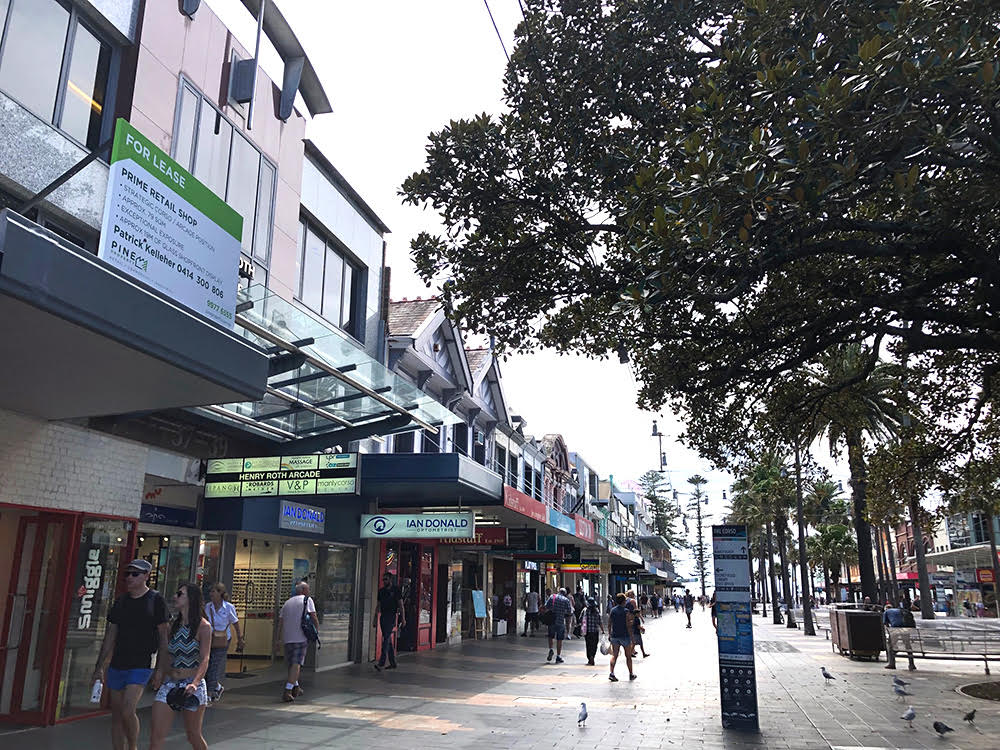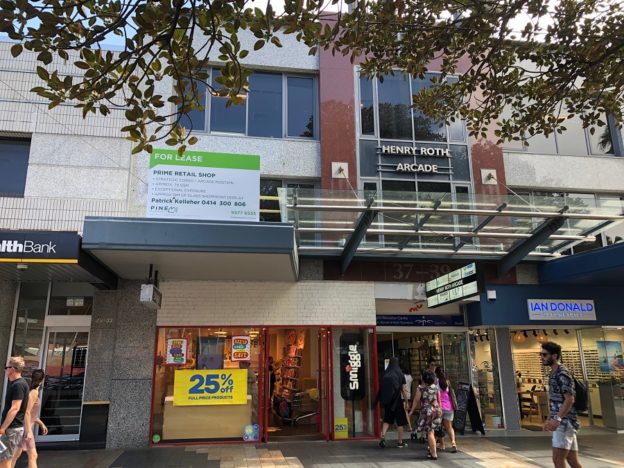The location of most businesses is one of their most defining characteristics and for some can be the difference between thriving, surviving, or failing.
When evaluating a potential property for your business premises, there are numerous factors that must be considered. Influencing the scope of your research will be the type of business you operate – whether it is a retail, commercial (office-based), or industrial operation and the available budget.
Starting or growing a business is an exciting experience however it is essential you have strong foundations for success, including due diligence and a comprehensive business plan. A significant focus of that must be in analysing the location for your business.
Initial evaluation:
The list of initial considerations varies for each business however any assessment should include the following:
Is there sufficient demand for the proposed new business?
This might seem obvious, but demand is everything and it’s critically important your insights come from hard data not hearsay.
Research your competitors in the area you are considering. How busy are they? Are they doing a good job? Review independent reports. What are the demand forecasts for your product or service offering? Will demand vary from summer to winter?
For retail – and to a lesser extent industrial and some commercial businesses – you will want to analyse existing and future foot traffic as well as factors such as parking availability or public transport that may hinder or increase that foot traffic, as well as accessibility for staff.
For online businesses, the location is not as important but you should still consider truck access for deliveries and courier pick ups. And the demand equation is still critical to analyse.

Permitted use and trading hours:
Before you even consider whether a specific property is suitable for your business, you should determine whether the zoning permits your type of business use and if so, whether the current permitted trading hours will work for you, and if not, what – if any – avenues exist to amend or change these.
Always check the existing council zoning and consult relevant government authorities to establish the permitted uses of a particular area. If a property is not zoned appropriately for your business type, proposed use or the hours you wish to operate, a development application is likely to be required.
For example medical suites have legislative requirements such as disabled and lift access as well as making all services available on one level, as per the Building Code of Australia (BCA).
A recreational use such as a gym must cater for parking and noise requirements while childcare has a requirement for parking and noise, along with a ratio between “indoor” and “outdoor” space.
For cafes and restaurants, you will need to assess a property’s cooking provisions, seating capacity, if it comes with a liquor license and if that license is for a restaurant or bar. Commercial office use generally has minimal regulations, provided the premise has existing use rights.
Existing use rights can apply and if a property has been used for a specific purpose for an extended period then it may be possible to continue using it in this manner, irrespective of changes in zoning. The regulations discussed usually affect businesses who wish to change the existing use of a property – for example, from a clothing store to a cafe, however there are no set rules and due diligence is required.
Once you are satisfied that the location you are interested in meets the criteria outlined in your “Initial Evaluation” around business demand and permitted use – or you are interested in lodging a DA for a change of use – you should start analysing your property-specific requirements.
